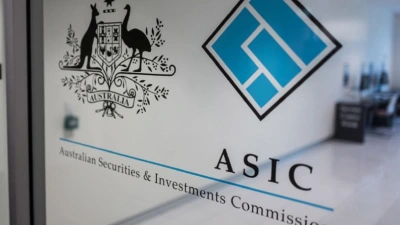Presenting advice fees eight ways looks ridiculous to clients


The corporate regulator’s advice fee disclosure requirements is the biggest issue for advisers at the moment as having to present fees to clients eight different ways from a client’s perspective looks ridiculous, according to an adviser.
HH Wealth director and financial adviser, Chris Holme, told Money Management he was feeling good about the industry as a whole in terms of education and standards but how the industry was doing it was a roundabout way.
“The Australian Securities and Investments Commission’s (ASIC’s) guidance on product fee disclosure is fine but as it stands at the moment, if I see a new client I’ve got to provide the financial service guide which has my fees presented on it, then I’ve got to get them to sign a terms of engagement letter which has my fee on it, we then present them with a statement of advice which has my fee on it,” he said.
“If they decide they want ongoing advice we have to provide them with ongoing advice agreement which has my fee on it, then we have to present them with a fee disclosure statement which has a fee on it, and an opt-in renewal which has my fee on it.
“We are presenting the fee to clients in six different ways plus you’ve got to get direct debit request signed and a product fee as well.
“I’m obviously doing that but from a clients’ perspective I feel it looks ridiculous.”
Holme said as having to present his fee in so many different ways could confuse clients he made it a point to explain every single one.
“I’ve had a couple clients ask me ‘Why are you telling me this so many times? Are you trying to tell us not to go ahead?’,” he said.
“They are just as frustrated as I am because they also have to sign all of them and it’s a lot of work for the one outcome.”
Holme noted the amount of paperwork was taking time away from actually servicing client needs or providing quality advice and this led to a huge group of people that could not access advice as it led to higher advice costs.
“We have to turn away clients because if we can’t charge them our standard fee, we are not making a profit. There are clients that need advice but can’t receive it because they can’t afford it. This is in direct correlation to the cost that it is to provide advice now,” he said.
Holme said his business turned away one to two clients a month due to this reason.
However, Holme said advisers could turn this burden into a positive by looking at it as progression towards being a professional industry.
“There’s going to be cowboys in the industry that are going to leave meaning we’re going to have better compliance, leads, and more sustainable businesses,” he said.
“Advisers who are frustrated should talk to other advisers to see how they are kicking goals and look on the positive side because being an adviser is a pretty good job.
“It’s a huge waste of energy always being frustrated, and advisers should use that energy to find clients and move forward.”
Recommended for you
AMP has cut its executive remuneration following shareholder pushback which sees chief executive Alexis George’s maximum-possible remuneration reduced by almost $1 million.
CoreData research has highlighted Australian financial advice practices are expanding beyond traditional financial advice and reinforcing the power of a professional network to build their service offering.
ASIC has suspended the Australian Financial Services Licence of a Melbourne-based financial advice firm.
South Australian financial advice firm Calder Wealth Management has announced a strategic partnership with a risk advice firm.














